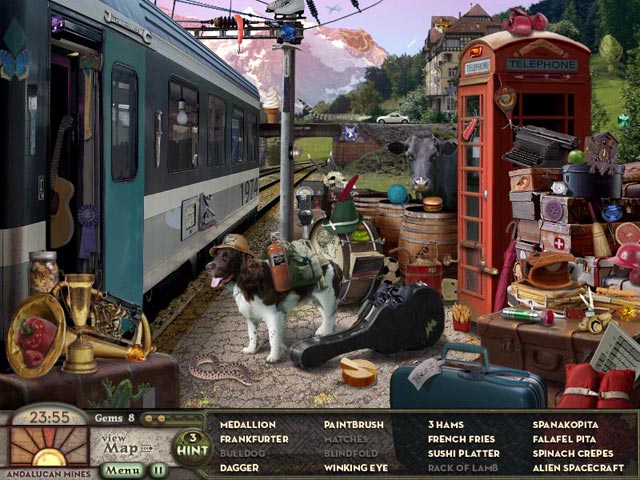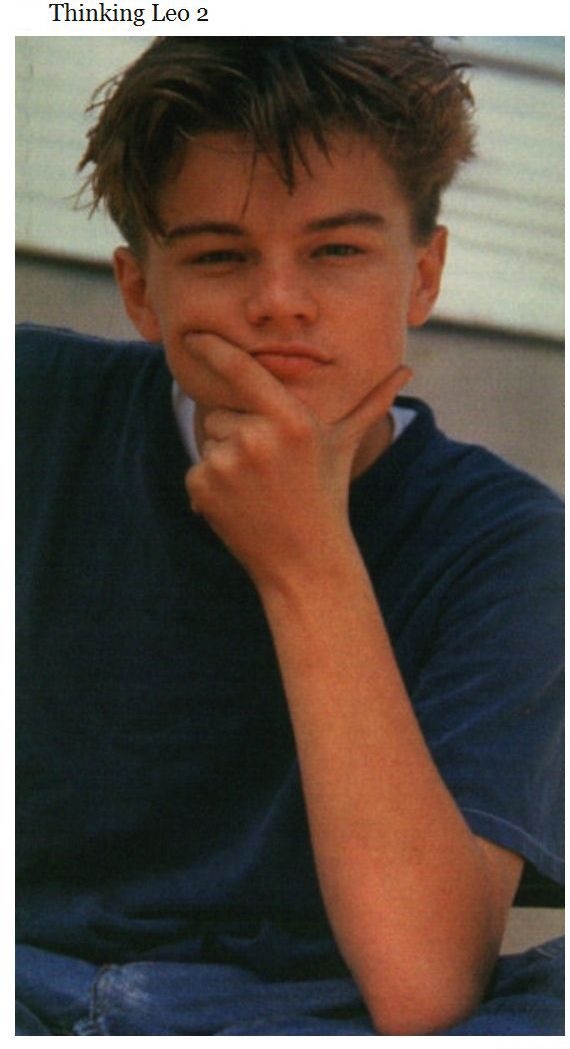
Discursive repetition is most often nested ( hierarchically) in larger repetitions and may be thought of as sectional, while musematic repetition may be thought of as additive. Discursive repetition includes linearity, rational control, and self-sufficiency. Musematic repetition includes circularity, synchronic relations, and openness.

A museme is a minimal unit of meaning, analogous to morpheme in linguistics, and musematic repetition is "at the level of the short figure, often used to generate an entire structural framework." Discursive repetition is "at the level of the phrase or section, which generally functions as part of a larger-scale 'argument'." He gives "paradigmatic case": the riff and the phrase. Thus Middleton (also 1999) distinguishes between discursive and musematic repetition. If you repeat your figure too often, it will start to bore the listener. However, too much of a good thing can get annoying. This sort of repetition.helps to unify your melody it's the melodic equivalent of a steady drumbeat, and serves as an identifying factor for listeners. You find a melodic or rhythmic figure that you like, and you repeat it throughout the course of the melody or song.

Repetition is a part and parcel of symmetry-and of establishing motifs and hooks.

While it plays a role in all music, with noise and musical tones lying along a spectrum from irregular to periodic sounds,(Moravcsik, 114)(Rajagopal, ) it is especially prominent in specific styles.Ī literal repetition of a musical passage is often indicated by the use of a repeat sign, or the instructions da capo or dal segno. It may be called restatement, such as the restatement of a theme. Repetition is important in music, where sounds or sequences are often repeated. Motivic repetition in Beethoven's Sonata in F major, Op.


 0 kommentar(er)
0 kommentar(er)
